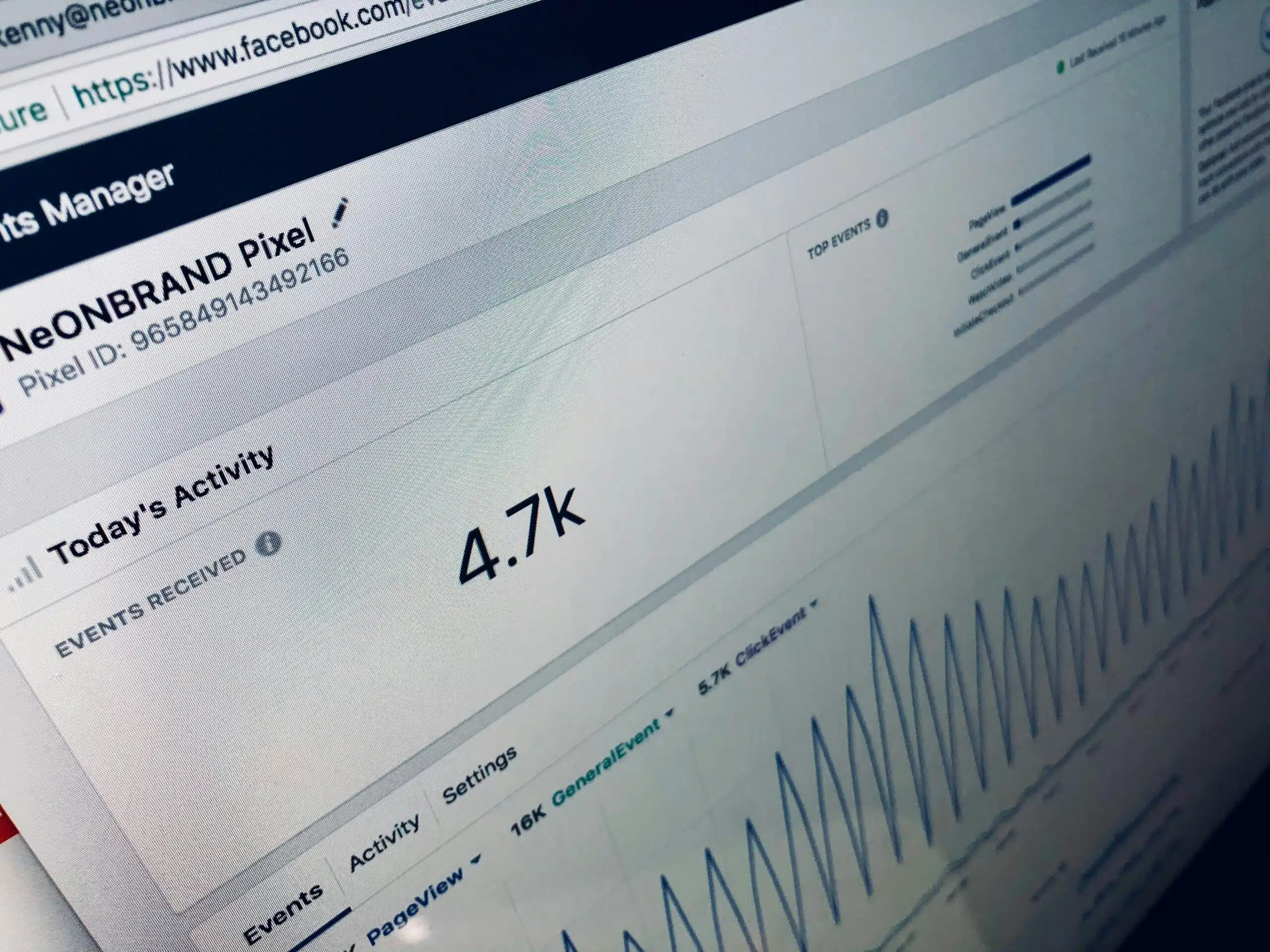Are your advertising efforts struggling to deliver the results you want? Machine learning insights can transform your ad strategy by optimizing performance and targeting the right audience. This article will explore how machine learning enhances ad performance, key implementation techniques, and real-life case studies showcasing successful adoption. By the end, readers will understand how to effectively integrate machine learning into their advertising efforts, helping them overcome common challenges in achieving higher engagement and conversion rates.
Key Takeaways
- machine learning enhances ad targeting by analyzing consumer behavior and preferences
- personalized user experiences lead to higher customer engagement and satisfaction
- real-time data analysis ensures continuous optimization of advertising strategies
- predictive modeling improves targeting accuracy and helps detect fraudulent activities
- adaptive approaches are crucial to meet evolving consumer expectations and preferences
What Is Machine Learning in Ad Strategy?

Machine learning, a key domain of computer science, plays an essential role in shaping effective ad strategies. By utilizing advanced algorithms, businesses can analyze vast amounts of data to identify patterns and trends that enhance their marketing efforts. This approach allows marketers to target specific audiences more accurately through platforms like social media, ultimately driving better engagement.
Incorporating machine learning into advertising enables companies to predict customer behavior and preferences more precisely. These insights improve customer satisfaction as individuals receive personalized ads that resonate with their needs. As a result, businesses can foster stronger customer relationships, leading to higher customer lifetime value.
Moreover, machine learning continually evolves by learning from new data, making it a powerful tool for ongoing ad strategy optimization. Marketers can adapt their campaigns in real-time, adjusting targeting and messaging based on performance metrics. This responsiveness boosts ad effectiveness and helps maintain a competitive edge in an ever-changing digital landscape.
How Machine Learning Enhances Ad Performance

Understanding consumer behavior through data analysis is key to enhancing advertising campaigns. With techniques like feature engineering and natural language processing, businesses can personalize user experiences for better engagement. Additionally, machine learning automates ad placement and budget optimization, ensuring that marketing efforts are efficiently optimized for maximum impact.
Understanding Consumer Behavior Through Data Analysis
Understanding consumer behavior through data analysis is crucial for capturing attention in advertising. By leveraging insights from machine learning, marketers can develop a clearer picture of what drives their audience’s decisions, allowing for tailored experiences. For instance, using chatbot interactions can help identify preferences, which enriches inventory strategies and ensures relevant ads reach consumers at the right moment.
Personalizing User Experiences for Better Engagement
Personalizing user experiences is a critical step in driving better engagement through advertising. Businesses can analyze user behavior and tailor their landing pages to meet individual preferences by applying data science and deep learning techniques. This enhances ads’ relevance and aligns with privacy regulations like the California Consumer Privacy Act, ensuring that personalization respects user consent while boosting effectiveness.
| Technique | Description | Impact on Engagement |
|---|---|---|
| Data Science | Analyzing user data to identify patterns and preferences. | Improves targeting accuracy and ad relevance. |
| Deep Learning | Using algorithms to predict user behavior. | Enhances personalization efforts in real-time. |
| Landing Page Optimization | Customizing landing pages based on user insights. | Increases conversion rates significantly. |
| Compliance with CCPA | Ensuring user privacy while personalizing ads. | Builds trust and meets regulatory requirements. |
Automating Ad Placement and Budget Optimization
Automating ad placement and budget optimization using advanced intelligence techniques can significantly enhance a brand’s marketing strategy. By employing methods such as unsupervised learning, marketers can effectively segment their audience, allowing for targeted advertising that meets specific user needs. This precision not only improves engagement but also ensures that marketing resources are utilized efficiently, maximizing return on investment.
Key Machine Learning Techniques for Advertising

Machine learning offers powerful techniques to enhance advertising strategies. Predictive modeling, particularly through logistic regression, helps identify target audiences by analyzing consumer behavior. Natural language processing refines ad copy for greater relevance, while real-time bidding strategies improve automation, ensuring ads reach the right consumers at the right time. These insights position marketers to execute targeted advertising effectively.
Predictive Modeling for Target Audience Identification
Predictive modeling, particularly through techniques like linear regression, is vital in identifying target audiences for advertising. By analyzing behavior patterns, marketers can forecast potential customer actions, enhancing their ability to tailor marketing strategies effectively. Additionally, this approach helps detect fraudulent activities, ensuring that campaigns maintain regulatory compliance while fostering loyalty among consumers who feel understood and valued.
| Technique | Description | Impact on Audience Targeting |
|---|---|---|
| Predictive Modeling | Using statistical algorithms to predict customer behavior. | Improves targeting accuracy by understanding audience preferences. |
| Linear Regression | Analyzing relationships between variables to forecast outcomes. | Identifies key factors influencing customer decisions. |
| Fraud Detection | Implementing models to recognize and prevent fraudulent activities. | Enhances trust and security in advertising strategies. |
| Regulatory Compliance | Ensuring adherence to laws and regulations in targeted ads. | Builds brand integrity and consumer confidence. |
| Loyalty Building | Cultivating relationships through personalized marketing. | Increases customer retention and repeat purchases. |
Natural Language Processing for Enhanced Ad Copy
Natural language processing (NLP) is pivotal in enhancing ad copy by improving communication with potential customers through precise word choice and tone. Using advanced analytics, marketers can leverage NLP to predict which phrases resonate best with various demographics, including gender, thereby tailoring messages that enhance user experience. By personalizing content based on data-driven insights, businesses can increase engagement and drive conversions significantly.
Real-Time Bidding Strategies Leveraging Machine Learning
Real-time bidding (RTB) strategies that leverage machine learning can significantly improve advertising effectiveness and revenue generation. By employing data models and neural networks, marketers can analyze user behavior and preferences as they interact with search engines, allowing for precise ad placements at the right moments. This approach increases engagement with the target audience and boosts return on investment by ensuring that every advertising dollar is spent efficiently.
- Utilization of data models to predict user behavior
- Implementation of neural networks for real-time analysis
- Enhanced targeting through search engine insights
- Increased revenue with optimized ad placements
Steps to Integrate Machine Learning Into Your Ad Strategy

Integrating machine learning into ad strategies involves several key steps. First, the right tools and technologies are essential for enhancing digital marketing efforts. Next, effectively training teams to utilize machine learning can dramatically improve customer experience through personalization. Finally, monitoring and analyzing data continuously ensures ongoing campaign optimization, maximizing revenue in the retail landscape.
Choosing the Right Tools and Technologies
Choosing the right tools and technologies is vital for integrating machine learning into advertising strategies to unlock ad success. Companies should consider platforms that support programmatic advertising, enabling precise audience targeting while ensuring compliance with regulations like the General Data Protection Regulation. Leveraging reinforcement learning and sentiment analysis innovations can significantly enhance campaign effectiveness by allowing marketers to tailor their messages based on real-time data and audience feedback.
- Select tools that facilitate programmatic advertising.
- Ensure compliance with the General Data Protection Regulation.
- Utilize reinforcement learning for continuous campaign improvement.
- Incorporate sentiment analysis to understand audience perceptions.
- Focus on innovative solutions that streamline ad strategies.
Training Teams to Utilize Machine Learning Effectively
Training teams to effectively utilize machine learning is vital for meeting the growing demand in the advertising sector. By equipping employees with the necessary knowledge about machine learning technologies, companies can empower them to better understand customer needs and preferences. For example, teams can leverage insights derived from machine learning algorithms to enhance mobile app experiences, ultimately driving customer engagement and satisfaction.
Monitoring and Analyzing Data for Continuous Improvement
Monitoring and analyzing data is essential for continuously improving advertising strategies, particularly when utilizing machine learning. By regularly reviewing performance metrics, marketers can assess the relevance of their ad campaigns and make necessary adjustments to targeting, messaging, and budget allocation. For instance, real-time analysis of user engagement can reveal which ads resonate best with audiences, enabling brands to refine their approach for maximum effectiveness and drive better results over time.
Future Trends in Machine Learning for Advertisement Performance

The rise of AI in creative ad development transforms how brands connect with consumers by generating innovative content and personalized messaging. As consumer expectations evolve, marketers must adopt adaptive strategies that leverage machine learning insights to stay relevant. This section will discuss how AI enhances creative processes and the need to respond effectively to changing consumer desires.
By examining these trends, marketers can implement strategies that drive engagement and optimize their advertising performance, ensuring they meet the needs of their audience.
The Rise of AI in Creative Ad Development
The rise of AI in creative ad development marks a significant shift in how businesses engage with consumers. By utilizing machine learning algorithms, marketers can generate compelling content tailored to individual preferences, leading to higher engagement rates. For instance, AI tools can analyze data to identify trending topics, enabling brands to craft relevant ad messages that resonate with their target audience:
- AI-driven content generation enhances creativity and personalization.
- Machine learning analyzes consumer data to inform ad strategies.
- Relevant messaging improves engagement and conversion rates.
Evolving Consumer Expectations and Adaptive Strategies
Evolving consumer expectations are reshaping advertising strategies, necessitating brands to adopt adaptive approaches. With the rapid advancement of technology, consumers now demand personalized experiences that align with their preferences and behaviors. Marketers who leverage machine learning insights can create tailored campaigns that resonate well with their audience, ensuring that ads remain relevant and engaging.
| Trend | Description | Adaptive Strategy |
|---|---|---|
| Personalization | Consumers expect content tailored to their interests. | Utilize data analysis to create targeted ads. |
| Real-Time Engagement | Immediate responses enhance user experience. | Implement AI for instant ad adjustments. |
| Omnichannel Approach | Seamless experience across platforms is essential. | Integrate machine learning for consistent messaging. |
Brands that adapt to these changes can enhance their marketing effectiveness and maintain customer loyalty, highlighting the importance of using machine learning for ongoing improvement.
Conclusion
Machine learning transforms advertising by providing valuable insights that enhance targeting, personalization, and campaign optimization. Businesses can predict customer behavior and tailor experiences by leveraging data analysis techniques, ultimately increasing engagement and returns. Companies that integrate these advanced strategies can meet evolving consumer expectations and build lasting relationships. Embracing machine learning is essential for brands seeking to achieve ad success in a competitive market.





